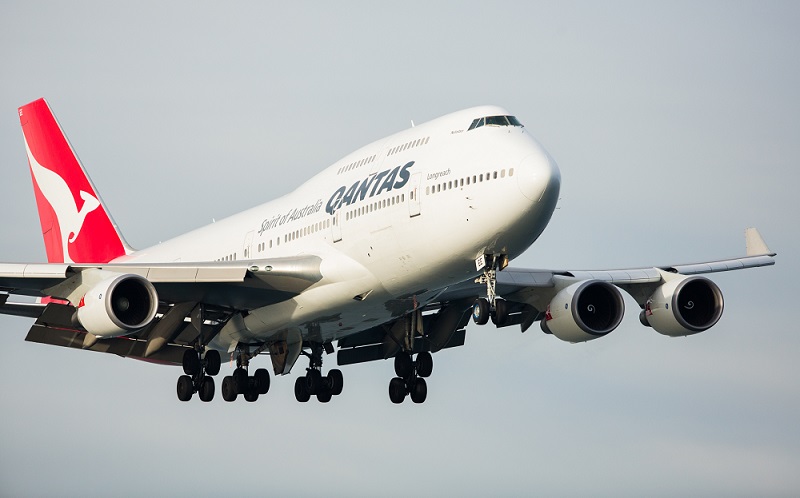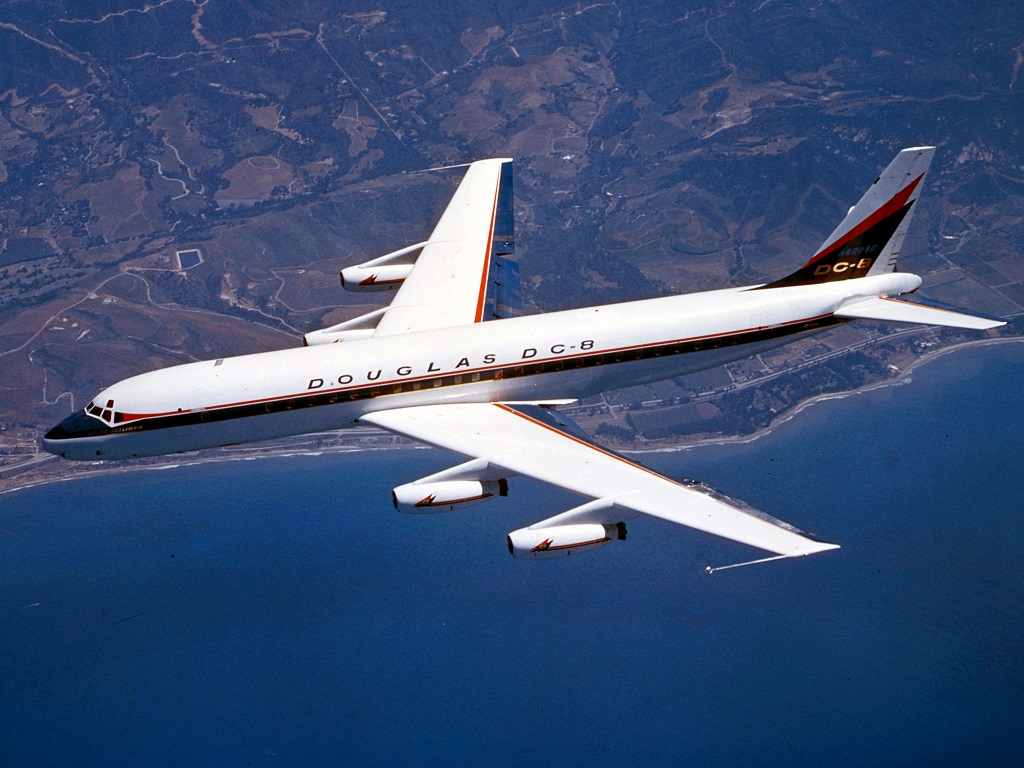Qantas changed training after 747 upset near Hong Kong
27 March, 2019
3 min read
By joining our newsletter, you agree to our Privacy Policy


Qantas modified its training for aerodynamic stall warnings after oversights in a Boeing 747-400 cockpit led to an upset that saw six people suffer minor injuries
Some passengers and crew members hit the ceiling and furnishings as the aircraft bucked due to “pilot induced oscillations” in the April 2017 incident as it moved into a holding pattern.
The Qantas aircraft was descending towards Hong Kong when it was told to hold at a waypoint.
As it entered the holding pattern, the aircraft’s “stick shaker” stall warning activated several times and the aircraft experienced multiple changes in pitch and vertical acceleration.
READ: Qantas Perth-London non-stop sets crazy records.
An Australian Transport Safety Bureau report found the crew had expected to hold at 15,000ft to 16,000ft but were actually told to level off 22,000ft.
This required a different hold speed to the one that had been calculated but the crew did not make the necessary adjustment.
Investigators said this was because the pilots were likely not aware of the need to do so or that there was a higher hold speed requirement above 20,000ft.
Prior to entering the holding pattern, the speed reduced below both the selected and minimum maneuvering speeds.
But the crew did not identify the problem because the captain was reviewing approach documentation and the first officer was identifying other traffic in the vicinity.
The aircraft’s reduced speed coincided with the turn to enter the holding pattern, resulting in pre-stall buffeting and a probable stick shaker. This prompted the captain to start the approach to stall and stall recovery procedures.
The ATSB said a desire to remain within the holding pattern and concern about a large engine power increase that prompted the plane to pitch-up, meant a number of the procedures were not completed.
It said the desire to remain in the protected airspace of the holding pattern meant the wings were not leveled.
The auto-throttle was not disconnected and worries about the engine power surge meant power was not manually increased sufficiently to effect recovery.
“In addition, the pilot monitoring did not identify and call out the incomplete actions,’’ the ATSB said.
“This resulted in further stall warning stick shaker activations and pilot induced oscillations that resulted in minor injuries to cabin crewmembers and passengers.
“Additionally, the operator provided limited guidance for hold speed calculation and stall recovery techniques at high altitudes or with engine power above idle.
“This, in turn, limited the ability of the crew to retain the necessary manual handling skills for the recovery.”
Qantas responded to the incident by providing retraining for all Boeing 747 flight crews for stall warning recovery scenarios.
It amended ground school lesson plans to ensure flight crews were adequately prepared to recover from stall warning activations at high altitudes or with engine power above idle, and changed flight crew training manuals.
It also proactively applied these measures across its Boeing 737 and 787 fleets, the ATSB said.
Get the latest news and updates straight to your inbox
No spam, no hassle, no fuss, just airline news direct to you.
By joining our newsletter, you agree to our Privacy Policy
Find us on social media
Comments
No comments yet, be the first to write one.

